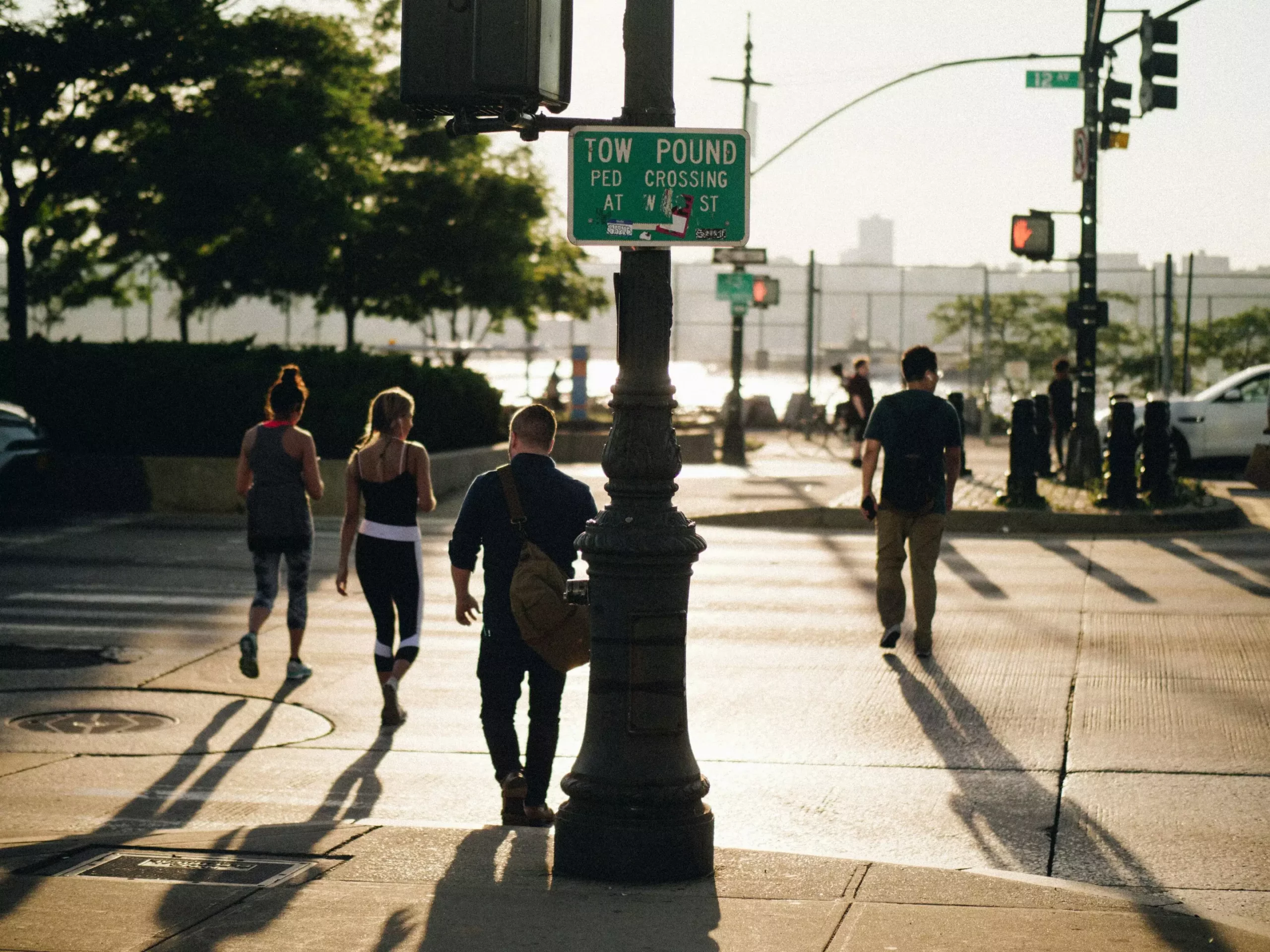The rising public health concerns associated with urban air quality have reached critical levels, particularly regarding non-exhaust emissions emitted from vehicles. Unlike harmful gas emissions typically associated with combustion engines, non-exhaust emissions stem from tire wear, brake friction, and road surface degradation. A recent investigation conducted by the University of Birmingham sheds light on these largely overlooked pollutants, emphasizing the urgent need for innovative solutions to mitigate exposure, particularly for vulnerable populations such as pedestrians and cyclists.
A groundbreaking study, featured in the Royal Society Open Science journal, explores the integration of virtual reality (VR) as a tool for educating the public about the hidden dangers of air pollution. By employing advanced computational fluid dynamics models, researchers have succeeded in creating immersive VR environments that simulate particle dispersion in bustling urban landscapes. Such educational instruments aim not only to raise awareness but also to inform public behaviors and decision-making in real-world situations. This innovative approach challenges the traditional methods of creating awareness around air pollution, fundamentally transforming the way individuals engage with the data.
Dr. Jason Stafford, the principal investigator, highlights the implications of this research beyond individual exposure. The insights derived from VR simulations can serve as a comprehensive framework for urban planners and policy-makers, prompting an essential reevaluation of design strategies in urban environments. City layouts, currently structured around convenience, often fail to consider the health implications of vehicle emissions. Consequently, popular city features such as bus stops, pedestrian crossings, and cycling paths frequently coincide with high-risk areas for air pollution, particularly at road junctions where braking occurs. These findings provoke a critical conversation regarding urban design, advocating for more strategic placements of transit facilities that prioritize air quality and public health.
Acting on the understanding that awareness can drive change, the study effectively visualizes the otherwise invisible threats posed by particulate matter. Participants in Birmingham’s city center experienced firsthand the moments of exposure risk in a simulated environment, illustrating why certain areas are inherently more dangerous due to pollutant dispersion during driving events such as braking. This insight encourages individuals to adapt their routes and behaviors to minimize exposure risks, thereby making informed choices regarding their daily commutes.
The overarching narrative of this research encapsulates a transformational methodology that spans education and urban planning. By utilizing VR technology, critical data becomes more accessible, imparting both knowledge and agency to individuals facing the existential threat of urban air pollution. Ultimately, this intersection of technology and public health not only empowers citizens but also paves the way for more thoughtful, health-driven urban policy decisions, underscoring the necessity of clean air in fostering a healthier society.

